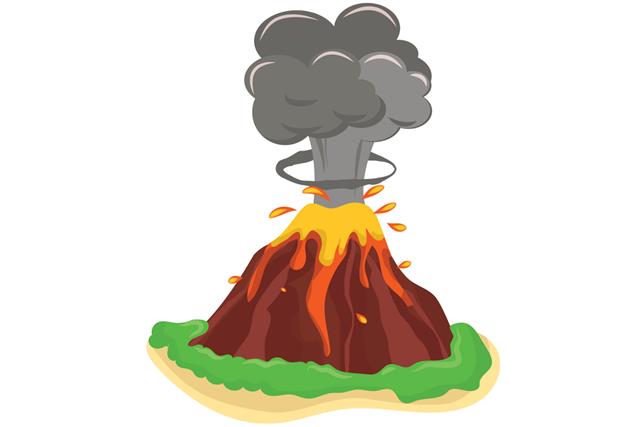
Science fair is a great opportunity for children to open their minds to the miracles of science. This ScienceStruck post has some great science project ideas for 5th graders. Check them out.
They say that curiosity killed the cat! But not in this case, where we are talking about science and its umpteen miracles and amazement! Moreover, in case of science, the more curious children are and if that quest for ‘knowing’ is nurtured at an early age, then they can develop an avid interest in the whole gamut of specializations under science.
Especially at this age, their minds are filled with numerous questions and seek answers to all of them. Schools do their bit by trying to create that awareness and interest in children in the form of science fairs. The process of thinking starts from conceptualizing the project idea itself. It can be a great learning experience for kids. In the sections given below, you will find some amazing ideas for projects that you can choose for your science fair.
These projects can sometimes be tricky, as you have to combine slightly challenging topics yet concepts that can be easily demonstrated and those that 5th grade students can relate to. The students at this age are on the threshold of growing up; however, they still have to develop their logic-related faculties are yet to develop completely.
Things which the kids are used to seeing and using daily can strike a cord with them and will help them understand things better. So something like a driveway, sidewalk can be incorporated in the project. The first idea, therefore, is to see how changes in the sidewalk can have an impact on the driving condition. The kids will need a matchbox car or even a barbie car would do for simulating the car drive.
Other things required would be sandpaper, a quilt, rocks, water, a flat surface, and foil. The children will first have to see how the car moves on a smooth surface provided by the foil. Then, see what happens when quilt and sandpaper is used. Check out what happens when you have rocks on the flat surface. Recording of the results is necessary in this and all other projects.
Heat and evaporation is another great science project. Yes, it may be a bit cliched, but for students at this age, it can be very interesting. For this experiment, a couple of electric bulbs of different wattage and a couple of dishes filled with water would be needed. The aim is to see which bulb evaporates the water first. That, in scientific terms, would mean how kinetic energy of heat moves the water molecules faster and causes evaporation. Make sure you systematically record the findings of these experiments so you can present them in the forms of charts, graphs, photographs, or even videos.
Well, the name of this experiment might sound a bit weird, but it is as interesting as its name. It is called Thigmotropism. It refers to an organism’s response to a stimuli, specifically a touch. In this experiment a plant can be observed. A plant which traps an insect by closing its leaves after an insect lands on it is the Venus Fly Trap.
Now, what the students can do is place the eraser end of the pencil in its trap. Once the trap closes, get the pencil out and record the time. Check out how long does it take for the plant to realize it was prompted by a wrong stimuli.
Another good experiment is to see the effect of salt on boiling water. The aim is to prove that adding salt to water leads water to boil at higher temperatures. The things required would be table salt, distilled water, 2 quart cooking pot, measuring cup, measuring spoons, and a thermometer.
Seeing volcanoes and chemical reactions taking place can be very fascinating for children. Try creating an artificial volcano. All you will need is baking soda and vinegar. Create a mountain-like structure and mix both chemicals in it. Note the reactions that occur between sodium bicarbonate and acetic acid. You can also take photographs or make a video to note down the results.
Building a tornado in a bottle can be a really fun a experiment. Fill ⅔ of a smooth-sided bottle with water and put some glitter in it. Take another empty, smooth-sided bottle and place it upside down. Place its mouth over the first bottle. Tape both bottles together, and invert the bottles so that bottle with water is now on top. Swirl the bottles in a circle, and you will see a tornado being formed. The glitter will help you to see the vortex more clearly.
This experiment can be quite astonishing for kids. All you will need is white carnations, food coloring, water, and jars. Fill the jars with water and add 2-3 drops of food coloring of your choice of color. Now, put the flowers in the jar. Note the time at the beginning of the experiment and watch them change their colors.
This is another interesting experiment for students participating in science fairs. Inflate a balloon normally and shut it tightly. Now, light a candle and hold the balloon over the flame. You will notice that the balloon pops even before it touches the flame. Now, take another balloon, inflate it, and fill it with a slight amount of water. Secure the ends tightly and hold it over the flame. You will notice that the balloon doesn’t pop. This happens because the water inside the balloon absorbs most of the heat from the flame.
All in all, it is all a matter of combining work or rather learning in a playful manner. Anything which helps the children learn and understand a scientific process in an out-of-the-box manner is great!



